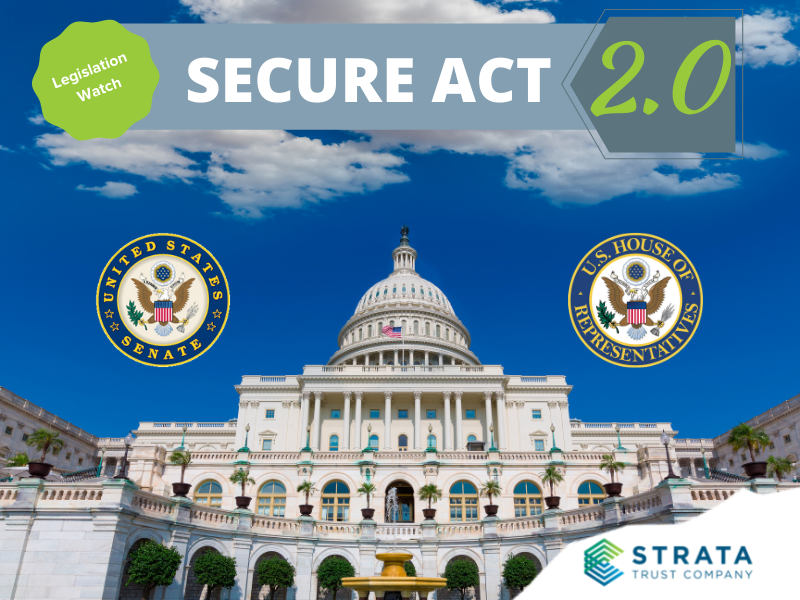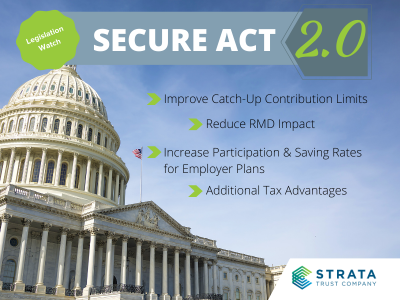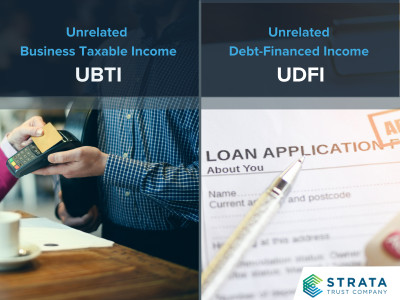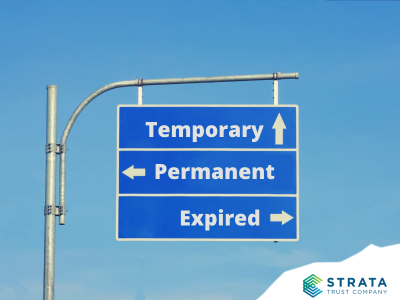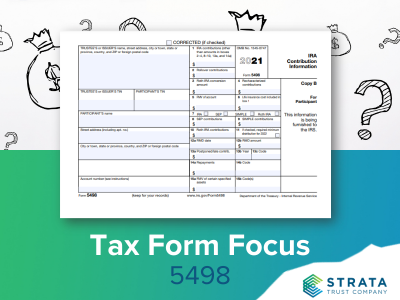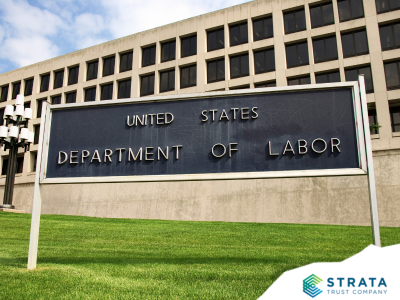Although 2020 was an unusually busy year for implementing changes to the tax rules for retirement savings, even more changes could be coming. Rule changes made by the SECURE Act of 2019 took effect in 2020 (e.g., increasing the RMD age to 72 and eliminating the age limit for making Traditional IRA contributions), and the CARES Act provided tax relief for those who needed to tap into their savings in the wake of the COVID-19 pandemic. Yet, interest is still high in further enhancing retirement savings. Congress is now considering two similar legislative proposals that are intended to build on the progress and changes made by the SECURE Act of 2019. One of the bills has been dubbed the “SECURE Act 2.0.” Swift action taken so far to progress these bills could lead to passage this year — and more changes taking effect next year.
House Version
In May 2021, the House Committee on Ways and Means voted unanimously to present the SECURE Act 2.0 to the full House for consideration and vote. This proposal is officially titled the Securing a Strong Retirement Act of 2021.
Some of the provisions that affect both IRA and retirement plan savings would:
- Limit the deemed distributed amount to just the amount involved in a prohibited transaction instead of the entire IRA
- Increase the Traditional and Roth IRA catch-up contribution limit with COLAs
- Increase the SIMPLE IRA catch-up contribution limit to $5,000 and the 401(k) plan catch-up contribution limit to $10,000 for participants ages 62–64
- Allow employees to designate employer SEP contributions as Roth
- Allow SIMPLE IRAs to accept Roth contributions
- Treat student loan payments as deferrals eligible for employer matching contributions in SIMPLE IRA and 401(k) plans
- Increase the required minimum distribution (RMD) starting age to 75 by 2032
- Reduce the excise tax for missed RMDs from 50% to 25%, and to 10% if the RMD failure is corrected timely
- Increase the small business plan start-up tax credit from 50% to 100% of start-up costs (up to $5,000)
- Create a new small business tax credit for a percentage of plan contributions for the first 4 years, up to a per-employee cap of $1,000
- Expand the IRS Employee Plans Compliance Resolution System (EPCRS) to allow custodians to address eligible inadvertent failures in IRAs and to waive the RMD excise tax for IRA owners who take the missed RMD within a certain time frame
- Limit the time to repay a qualified childbirth or adoption distribution to 3 years
- Modify family attribution rules so that stock attributed to a minor child through one spouse will not be attributed to the other spouse, and community property laws won’t attribute stock between spouses who own separate businesses
Other provisions that are intended to encourage and incentivize employers to offer retirement plans to expand coverage for more employees would:
- Require new 401(k) plans to automatically enroll eligible employees at a default deferral rate of at least 3% of compensation, with automatic escalation of 1% per year until 10% is reached (maximum rate of 15%)
- Reduce the number of years that long-term, part-time employees must work to be eligible for the plan from 3 years to 2 years
- Allow employers to provide small financial incentives to employees who join and contribute to 401(k) plan
- Provide tax credits for employers who provide early eligibility for military spouses to participate in an employer plan
- Simplify corrections procedures under EPCRS and allow for more self-corrections
- Address issues related to missing participants and uncashed checks by
-
- Increasing the force-out and automatic rollover threshold to $6,000
- Requiring plans to transfer missing participant accounts under $1,000 to the Pension Benefit Guaranty Corporation (PBGC)
- Requiring the PBGC retirement savings lost and found database to include unclaimed accounts less than $6,000
The House proposal would help raise revenue to offset some of the tax breaks by:
- Allowing SEP and SIMPLE IRAs to be designated as Roth IRAs
- Allowing retirement plan participants to designate employer matching contributions as Roth contributions
- Requiring 401(k) plan catch-up contributions to be made as Roth contributions
Senate Version
The Senate’s version of SECURE Act 2.0 is titled the Retirement Security and Savings Act of 2021. This bill contains many of the same provisions as the House version, but it is not the same. Here are some of the differences or additions from the House version:
- Make the taxpayers’ Saver’s Credit refundable if paid to a Roth IRA or designated Roth account
- Permit non-spouse beneficiaries to make an indirect rollover to an inherited IRA
- Allow employer plans to accept Roth IRA rollovers
- Create a new tax credit for employers that offer a safe harbor automatic enrollment plan with a default deferral rate starting at 6%
- Permit spouse beneficiaries to treat an inherited account balance in a retirement plan as their own
- Apply the catch-up contribution increases for all participants aged 60 and older
- Eliminate the RMD requirement for individuals who have less than $100,000 in retirement savings
- Exempt designated Roth accounts in retirement from the RMD rules to match the Roth IRA rules
Currently, there is no revenue-generating or “pay for” provisions included in the Senate bill. The House and Senate will need to reconcile their respective versions of these proposals to move closer to passing some form of a “SECURE Act 2.0,” which some industry speculators are projecting could happen by year-end.
